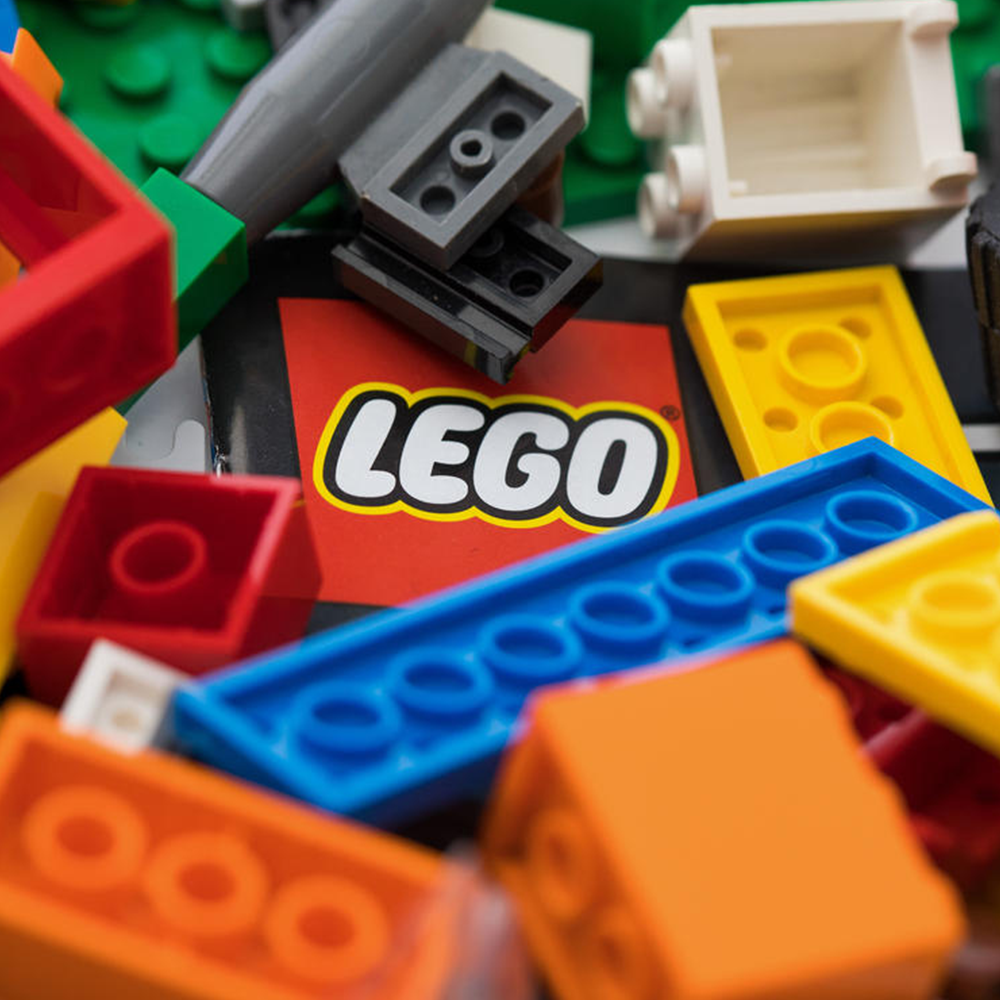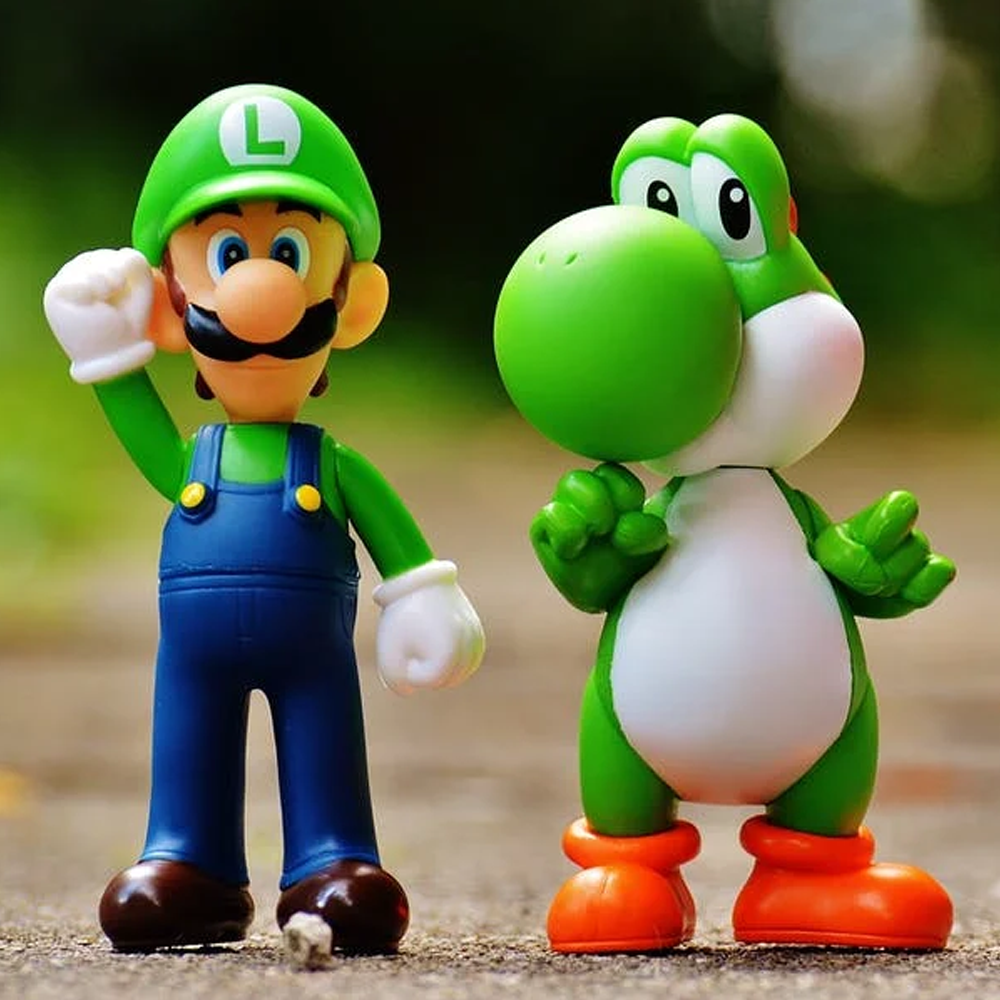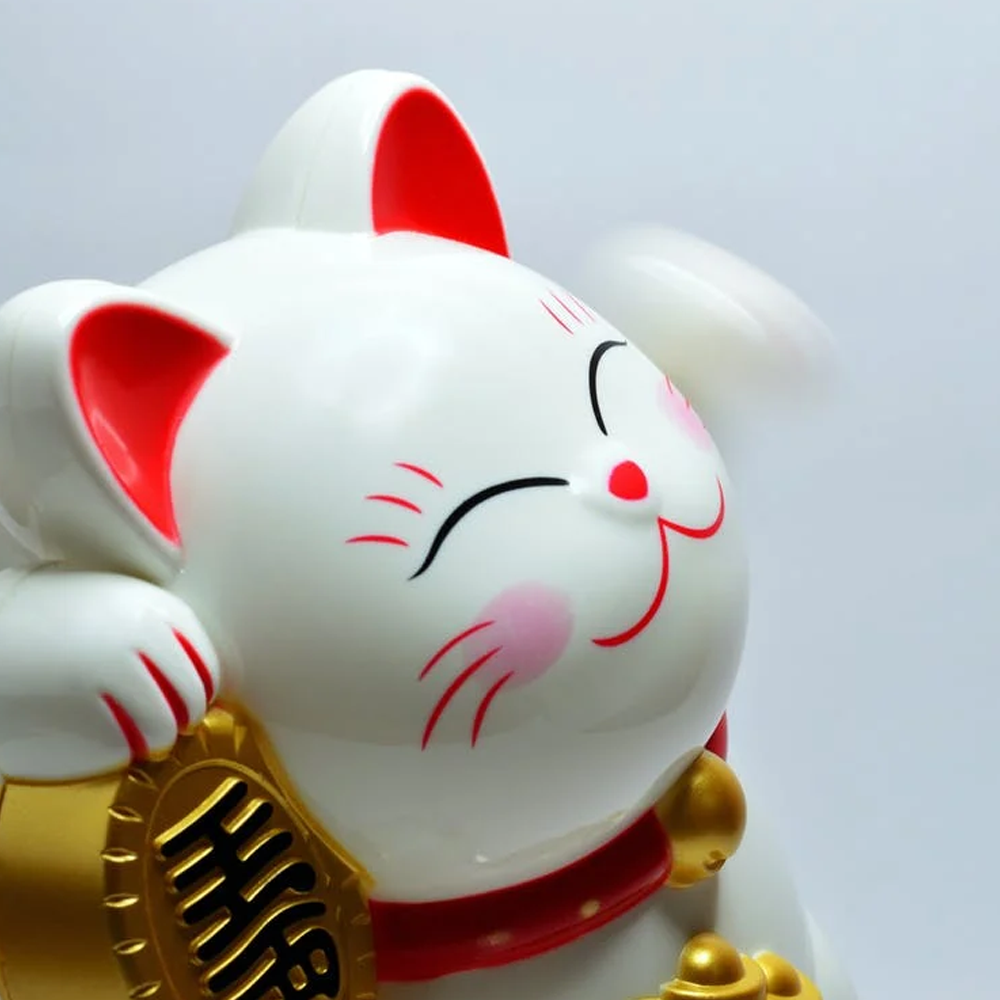Toys Prove to be Better Investment than Gold, Art, and Financial Securities
Press Release
Toys Prove to be Better Investment than Gold, Art, and Financial SecuritiesUnusual ways of investment, such as collecting toys, can generate high returns. For example, HSE University economists say that the secondary market prices of retired LEGO sets grow by 11% annually, which is faster than gold, stocks, and bonds. Their paper was published in the Research in International Business and Finance journal.
According to a survey by Barclays, wealthy people invest about 10% of their wealth in jewelry, art, antiques, collectible Wines, and cars (in addition to traditional investment in financial securities). Demand for such goods is exceptionally high (as is growth in their prices) in developing countries, such as China, Russia, and Middle Eastern countries. Unlike more unusual goods, these alternative investments are well-studied, whose purchase might seem less severe: LEGO sets, Barbie dolls, superhero Mini-figures, or model cars and trains. |
|
| Victoria Dobrynskaya, one of the study’s authors and Associate Professor at the Faculty of Economic Sciences,“We are used to thinking that people buy such items as jewelry, antiques, or artworks as an investment. However, there are other options, such as collectible toys. Tens of thousands of deals are made on the secondary LEGO market. Even considering the small prices of most sets, this is a huge market that is not well-known by traditional investors.”
There may be several reasons for the rapid growth in the price of the sets:
It would be reasonable to assume that the more time has passed since the set was manufactured, the more it would be valued as a classic sample or a nostalgic object. However, there have been no academic studies to substantiate this assumption
The authors of the paper looked at the prices of 2,322 LEGO sets from 1987-2015. The data-set included primary sales and online auction transactions (only sales of new unopened sets were selected). Secondary market prices usually start to grow two or three years after a set is retired, but there is a significant variation in returns ranging from -50% to +600% annually. Prices of small and very big sets grow faster than prices of medium-sized ones, probably because small sets often contain unique parts or figures, while big ones are produced in small quantities and are more attractive to adults Prices of thematic sets dedicated to famous buildings, popular movies, or seasonal holidays tend to experience the highest growth on the secondary market (the most expensive ones include Millennium Falcon, Cafe on the Comer, Taj Mahal, Death Star II, an Imperial Star Destroyer). Another attractive category includes sets issued in limited editions or distributed at promotional events: rarity increases their value from the collectors’ perspective.
Average returns on LEGO sets are 10-11% annually (even higher if the new set was purchased on the primary market with a discount), which is more than stocks, bonds, gold, and many collectible items, such as stamps or wines, yield.
In addition, LEGO prices are weakly dependent on the stock market (they were growing even during the financial crisis of 2008) and are relatively low compared to art, antiques, and cars, making them a reliable and accessible method of investment. However, the study’s authors say that investment in LEGO is worthwhile only in the long term (le, over three years) and incurs higher transaction costs (eg, delivery and storage) than investment in financial securities.
“Investors in LEGO generate high returns from reselling unpacked sets, particularly rare ones, which were produced in limited editions or a long time ago. Sets produced 20-30 years ago make LEGO fans nostalgic, and prices go through the roof. But despite the high profitability of LEGO sets on the secondary market in general, not all sets are equally successful, and one must be a real LEGO fan to sort out the market nuances and see the investment potential in a particular set, Victoria Dobrynskaya said
|
Toys Prove to be Better Investment than Gold, Art, and Financial SecuritiesUnusual ways of investment, such as collecting toys, can generate high returns. For example, HSE University economists say that the secondary market prices of retired LEGO sets grow by 11% annually, which is faster than gold, stocks, and bonds. Their paper was published in the Research in International Business and Finance journal. According to a survey by Barclays, wealthy people invest about 10% of their wealth in jewelry, art, antiques, collectible Wines, and cars (in addition to traditional investment in financial securities). Demand for such goods is exceptionally high (as is growth in their prices) in developing countries, such as China, Russia, and Middle Eastern countries. Unlike more unusual goods, these alternative investments are well-studied, whose purchase might seem less severe: LEGO sets, Barbie dolls, superhero Mini-figures, or model cars and trains. |
| Victoria Dobrynskaya, one of the study’s authors and Associate Professor at the Faculty of Economic Sciences,“We are used to thinking that people buy such items as jewelry, antiques, or artworks as an investment. However, there are other options, such as collectible toys. Tens of thousands of deals are made on the secondary LEGO market. Even considering the small prices of most sets, this is a huge market that is not well-known by traditional investors.”
There may be several reasons for the rapid growth in the price of the sets:
It would be reasonable to assume that the more time has passed since the set was manufactured, the more it would be valued as a classic sample or a nostalgic object. However, there have been no academic studies to substantiate this assumption
The authors of the paper looked at the prices of 2,322 LEGO sets from 1987-2015. The data-set included primary sales and online auction transactions (only sales of new unopened sets were selected). Secondary market prices usually start to grow two or three years after a set is retired, but there is a significant variation in returns ranging from -50% to +600% annually. Prices of small and very big sets grow faster than prices of medium-sized ones, probably because small sets often contain unique parts or figures, while big ones are produced in small quantities and are more attractive to adults Prices of thematic sets dedicated to famous buildings, popular movies, or seasonal holidays tend to experience the highest growth on the secondary market (the most expensive ones include Millennium Falcon, Cafe on the Comer, Taj Mahal, Death Star II, an Imperial Star Destroyer). Another attractive category includes sets issued in limited editions or distributed at promotional events: rarity increases their value from the collectors’ perspective.
Average returns on LEGO sets are 10-11% annually (even higher if the new set was purchased on the primary market with a discount), which is more than stocks, bonds, gold, and many collectible items, such as stamps or wines, yield.
In addition, LEGO prices are weakly dependent on the stock market (they were growing even during the financial crisis of 2008) and are relatively low compared to art, antiques, and cars, making them a reliable and accessible method of investment. However, the study’s authors say that investment in LEGO is worthwhile only in the long term (le, over three years) and incurs higher transaction costs (eg, delivery and storage) than investment in financial securities.
“Investors in LEGO generate high returns from reselling unpacked sets, particularly rare ones, which were produced in limited editions or a long time ago. Sets produced 20-30 years ago make LEGO fans nostalgic, and prices go through the roof. But despite the high profitability of LEGO sets on the secondary market in general, not all sets are equally successful, and one must be a real LEGO fan to sort out the market nuances and see the investment potential in a particular set, Victoria Dobrynskaya said
|





